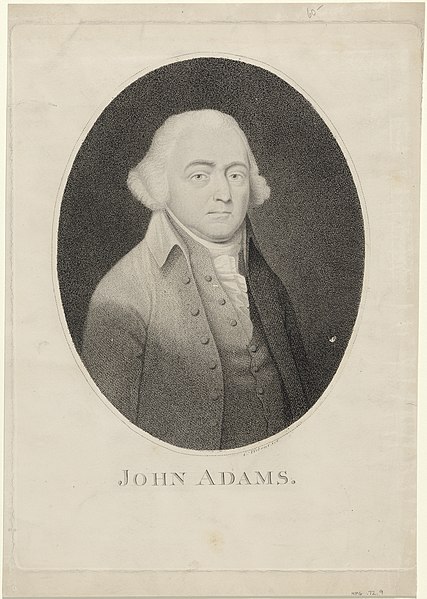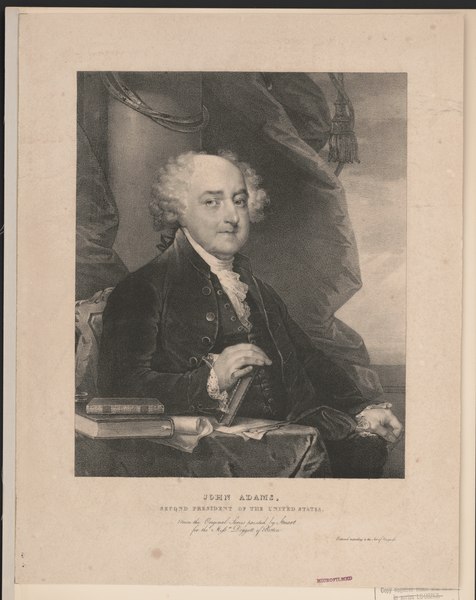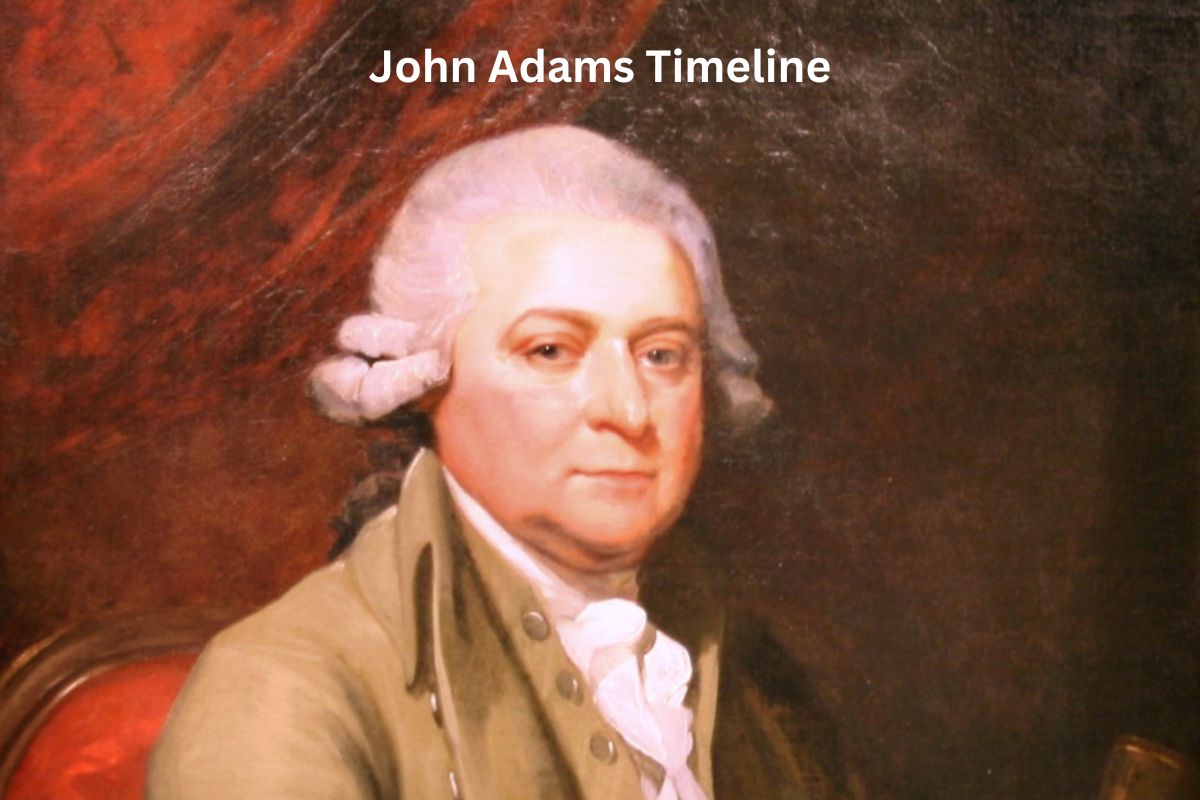John Adams was a pivotal figure in the early history of the United States. As one of the Founding Fathers, he played a central role in the American Revolution, the drafting of the Declaration of Independence, and the establishment of the nation’s early government.
Additionally, his contributions as a diplomat, Vice President, and the second President of the United States left a lasting mark on the country’s development.
This brief overview provides a glimpse into the events that shaped the life of John Adams.
| Year | Event |
|---|---|
| 1735 | John Adams is born in Braintree, Massachusetts (now Quincy, Massachusetts). |
| 1755 | Graduates from Harvard College. |
| 1764 | Marries Abigail Smith. |
| 1765 | Publishes essays opposing the Stamp Act. |
| 1770 | Successfully defends British soldiers in the Boston Massacre trial. |
| 1774 | Elected to the First Continental Congress. |
| 1775 | Delegate to the Second Continental Congress and appointed to the Continental Army’s Board of War and Ordnance. |
| 1776 | Serves on the committee that drafts the Declaration of Independence; signs the Declaration on July 4. |
| 1777-1778 | Serves as a diplomat in France, securing French support for the American Revolution. |
| 1781-1788 | Serves as a diplomat in the Netherlands, securing Dutch loans for the United States. |
| 1789-1797 | First Vice President of the United States under President George Washington. |
| 1797-1801 | Second President of the United States; serves one term. |
| 1800 | Loses bid for re-election to Thomas Jefferson. |
| 1826 | Dies on July 4 at his home in Quincy, Massachusetts, on the 50th anniversary of the Declaration of Independence. |
Timeline of John Adams
1735 – John Adams is born in Braintree, Massachusetts (now Quincy, Massachusetts)
John Adams was born on October 30, 1735, in the town of Braintree, which is now part of Quincy, Massachusetts. He was born into a family of farmers and craftsmen.
His father, John Adams Sr., was a farmer and Congregationalist deacon, and his mother, Susanna Boylston Adams, came from a prominent family. Adams’ early years were spent in the rural setting of Braintree, where he received a basic education at a local school.

1755 – Graduates from Harvard College
After completing his early education, John Adams attended Harvard College. He graduated from Harvard in 1755, where he received a solid classical education.
His time at Harvard exposed him to Enlightenment ideas and the intellectual currents of the time, which would later influence his political and philosophical beliefs.
1764 – Marries Abigail Smith
In 1764, John Adams married Abigail Smith, who would become one of his most trusted advisors and correspondents. Abigail, often referred to as “Abigail Adams,” was a highly educated and intelligent woman. Their marriage was a partnership characterized by deep mutual respect and affection.
Over the years, their letters to each other would provide valuable insights into the political and personal life of John Adams, and Abigail’s own thoughts and opinions would be highly regarded by her husband and other Founding Fathers.
The couple had several children together, including John Quincy Adams, who would go on to become the sixth President of the United States.
1765 – Publishes essays opposing the Stamp Act
In 1765, John Adams began to make his mark as a prominent figure in the growing movement against British colonial policies. He authored a series of essays under the pseudonym “Novanglus,” which were published in the Boston Gazette.
These essays strongly opposed the Stamp Act, a controversial tax imposed by the British Parliament on the American colonies. Adams’ writings articulated the colonial grievances against taxation without representation and became influential in shaping public opinion.
This marked the beginning of Adams’ involvement in revolutionary politics, and his eloquent defense of colonial rights would soon propel him into a more prominent role in the struggle for American independence.
1770 – Successfully defends British soldiers in the Boston Massacre trial
In 1770, John Adams achieved national recognition when he took on the legal defense of British soldiers who were involved in the Boston Massacre.
Despite the prevailing anti-British sentiment in Boston, Adams believed in the principle of a fair trial and the right to legal representation. He successfully argued in court that the soldiers had acted in self-defense when confronted by an angry mob, leading to the acquittal of most of the accused.
Adams’ handling of the Boston Massacre trial showcased his legal acumen and commitment to justice, even in cases that were politically charged. This reputation for fairness and legal expertise would serve him well in his future endeavors.

1774 – Elected to the First Continental Congress
John Adams was elected as a delegate to the First Continental Congress in 1774, which convened in Philadelphia in response to the mounting tensions between the American colonies and the British Crown.
In this role, Adams joined other colonial leaders in discussing and coordinating responses to British policies, including the Intolerable Acts.
1775 – Delegate to the Second Continental Congress and appointed to the Continental Army’s Board of War and Ordnance
In 1775, John Adams continued his important role in the American Revolution by becoming a delegate to the Second Continental Congress.
This Congress convened in Philadelphia and played a pivotal role in organizing and guiding the American colonies’ response to the outbreak of the Revolutionary War with Britain. During this time, Adams strongly advocated for independence and the formation of a Continental Army.
Additionally, Adams was appointed to the Continental Army’s Board of War and Ordnance, where he played a critical role in managing military affairs, including the appointment of generals, military strategy, and the procurement of supplies for the American forces.
1776 – Serves on the committee that drafts the Declaration of Independence; signs the Declaration on July 4
In 1776, John Adams was chosen to serve on the committee responsible for drafting the Declaration of Independence.
This committee, which included Thomas Jefferson, Benjamin Franklin, Roger Sherman, and Robert Livingston, tasked Adams with helping to craft the document that would formally declare the American colonies’ independence from Great Britain.
Adams played an active role in the editing and refinement of the draft, and he vigorously defended its principles. He signed the final version of the Declaration of Independence on July 4, 1776, alongside other Founding Fathers, marking a historic moment in the establishment of the United States as a sovereign nation.
1777-1778 – Serves as a diplomat in France, securing French support for the American Revolution
In 1777, John Adams was appointed as a diplomat to France, where he joined Benjamin Franklin and Arthur Lee in seeking French support for the American cause.
Adams’ diplomatic efforts were instrumental in gaining vital French assistance, including military and financial support, which proved crucial to the American Revolution’s success.
During his time in France, Adams engaged in diplomatic negotiations and established valuable connections with key French figures, helping to solidify the Franco-American alliance. His role as a diplomat further underscored his dedication to the American cause on the international stage.
1781-1788 – Serves as a diplomat in the Netherlands, securing Dutch loans for the United States
Following his diplomatic mission in France, John Adams was appointed as a diplomat to the Netherlands in 1781. In this role, he worked tirelessly to secure loans from Dutch bankers and governments to support the American war effort.
Despite facing challenges and competing interests, Adams was successful in negotiating several loans, which provided much-needed financial assistance to the fledgling United States.
1789-1797 – First Vice President of the United States under President George Washington
In 1789, John Adams assumed the role of the first Vice President of the United States under President George Washington.
Adams was elected to this position in the first presidential election of 1788-1789, which established the framework for the new federal government under the United States Constitution.
As Vice President, Adams presided over the Senate and played a key role in shaping the rules and procedures of the new government.
During this time, Adams was instrumental in establishing the office of the Vice President and defining its role in the executive branch. His close working relationship with President Washington helped set important precedents for the young nation’s government.
1797-1801 – Second President of the United States; serves one term
In 1797, John Adams was elected as the second President of the United States, succeeding George Washington. Adams’ presidency marked a crucial period in the early history of the United States.
His tenure was characterized by several significant events and challenges, including tensions with France (the XYZ Affair), the passage of the Alien and Sedition Acts, and his administration’s role in avoiding war with France.
Adams served a single term as President, from 1797 to 1801, and faced both domestic and international challenges. His commitment to maintaining peace with France, despite tensions, and his refusal to involve the United States in a full-scale war were notable achievements of his presidency.
1800 – Loses bid for re-election to Thomas Jefferson
In the presidential election of 1800, John Adams sought re-election but faced strong opposition from Thomas Jefferson, who was his Vice President at the time.
The election was highly contentious and marked by bitter political rivalries between the Federalists (Adams’ party) and the Democratic-Republicans (Jefferson’s party).
Ultimately, Adams lost the election to Thomas Jefferson, making him the first U.S. President to be defeated in a bid for re-election. The election marked a peaceful transfer of power from one political party to another and reinforced the principles of American democracy.
After his presidency, Adams retired from politics and spent his later years in Quincy, Massachusetts, where he continued to correspond with other Founding Fathers, including his former rival Thomas Jefferson, and reflect on the history and principles of the United States.
1826 – Dies on July 4 at his home in Quincy, Massachusetts, on the 50th anniversary of the Declaration of Independence.
John Adams passed away on July 4, 1826, at the age of 90, exactly 50 years after the signing of the Declaration of Independence. His death coincided with that of his friend and political rival, Thomas Jefferson, on the same day.
This alignment of their deaths on the nation’s 50th anniversary of independence symbolized the passing of the generation of Founding Fathers who led the American Revolution. John Adams’ final words, “Thomas Jefferson survives,” were uttered unaware that Jefferson had passed away just hours earlier.
Adams’ death marked the loss of a key figure who had played a vital role in the American Revolution, the drafting of the Declaration of Independence, diplomacy in Europe, and serving as the second President of the United States. His legacy as a statesman and patriot endures in American history.
